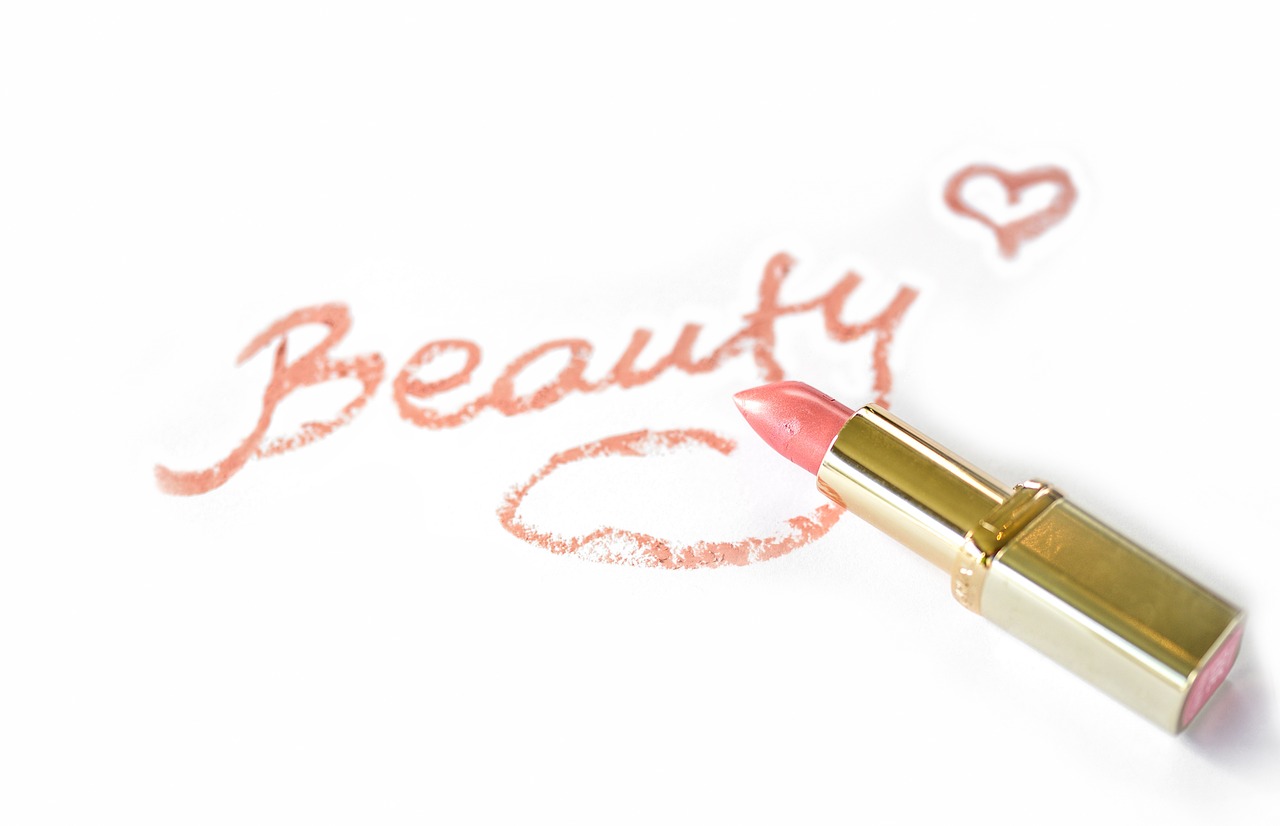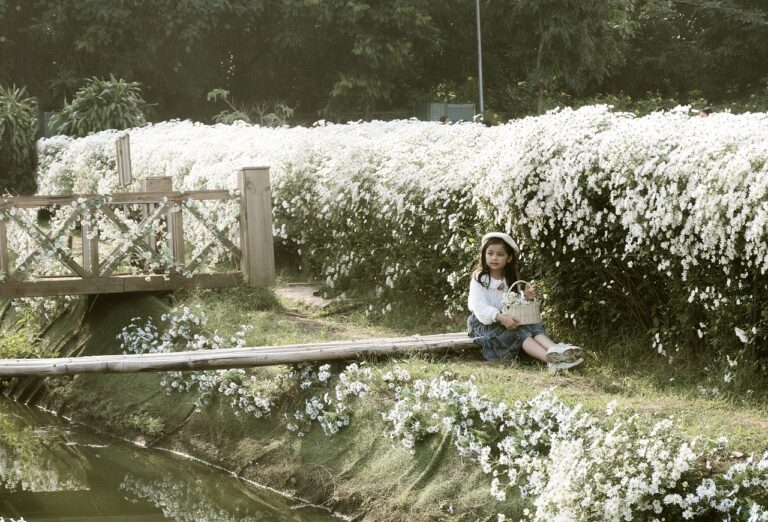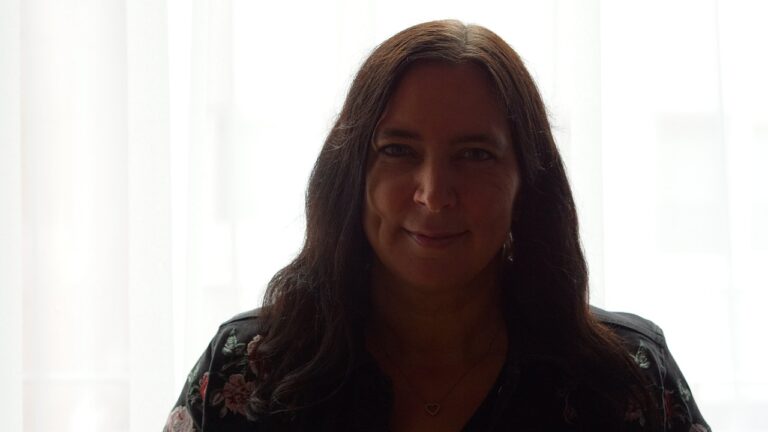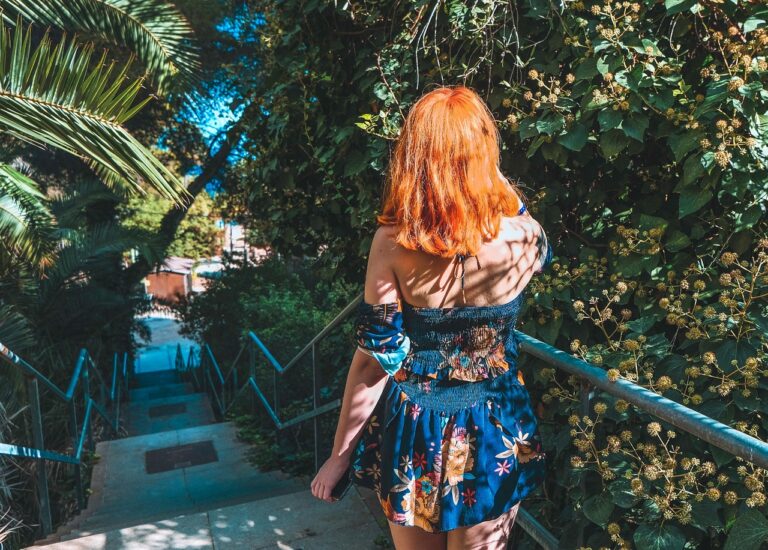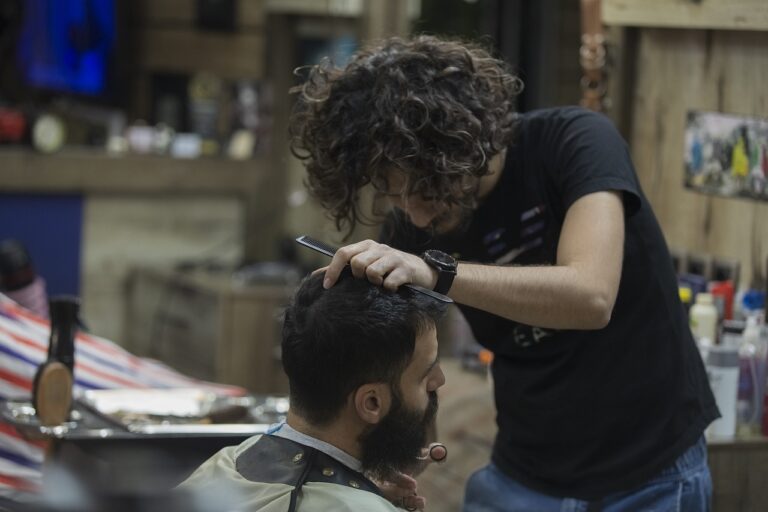Fashion Week Diversity Report: Tracking Representation on the Runway
As the fashion industry continues to evolve and adapt to the changing cultural landscape, the issue of diversity and representation on the runway has become a hot topic of discussion. Fashion Week, which takes place in major cities around the world, is a crucial event that sets the tone for the trends and styles that will dominate the industry in the coming seasons. In recent years, there has been increasing attention on the lack of diversity in the models who participate in these high-profile fashion shows.
The Importance of Diversity in Fashion
Diversity in fashion is not just about representationit is about acknowledging and celebrating the unique experiences and perspectives of individuals from all walks of life. When it comes to the runway, diversity means showcasing models of different races, genders, body types, ages, and abilities. By promoting a more inclusive and diverse standard of beauty, the fashion industry has the power to send a positive message to consumers and reshape societal norms.
The Current State of Diversity on the Runway
Despite the growing push for diversity and inclusivity in fashion, the industry still has a long way to go. According to the latest data from the Fashion Spot’s Diversity Report, the Spring 2021 runway shows featured a slight increase in racial diversity compared to previous seasons. However, models of color still only accounted for a small percentage of the total castings, with white models dominating the majority of shows.
When it comes to size diversity, the data paints an even more bleak picture. Plus-size models were severely underrepresented on the runways, with only a handful of designers featuring models who were above a size 12. This lack of size diversity not only reinforces harmful beauty standards but also excludes a significant portion of the population from seeing themselves represented in the fashion world.
The Push for Change
In recent years, there has been a growing movement within the fashion industry to push for more diversity and inclusivity on the runway. Designers, models, and industry insiders alike have called for greater representation of marginalized groups, challenging the status quo and demanding a more inclusive standard of beauty.
Organizations such as the Black in Fashion Council and the Model Alliance have been at the forefront of this movement, advocating for policy changes and accountability measures within the industry. These initiatives are designed to hold designers and fashion houses accountable for their casting practices, pushing for greater transparency and diversity in all aspects of the business.
The Impact of COVID-19
The COVID-19 pandemic has brought about significant challenges for the fashion industry, forcing designers to rethink their approach to runway shows and reevaluate their priorities. With many fashion weeks going virtual or being postponed indefinitely, the pandemic has provided an opportunity for reflection and change within the industry.
Despite the setbacks caused by the pandemic, many designers have used this time to reassess their commitment to diversity and inclusivity. Virtual fashion shows have allowed for greater accessibility and reach, giving designers the opportunity to showcase a more diverse range of models and talent from around the world.
Future Trends and Predictions
Looking ahead, the future of runway diversity is promising but still uncertain. While progress has been made in recent years, there is still much work to be done to create a truly inclusive and representative fashion industry. As consumer demand for diversity continues to grow, designers and brands will be under increasing pressure to diversify their casting and marketing efforts.
One trend that is expected to gain traction in the coming years is the rise of gender-inclusive and non-binary fashion. With an increasing awareness of gender fluidity and identity, designers are beginning to challenge traditional notions of masculinity and femininity, creating collections that are more inclusive and diverse.
Additionally, the push for size diversity is likely to continue, with more designers and brands expanding their size ranges and featuring models of all shapes and sizes. This trend reflects a broader cultural shift towards body positivity and self-acceptance, challenging traditional beauty standards and promoting a more inclusive vision of beauty.
Conclusion
In conclusion, the issue of diversity and representation on the runway is a complex and multifaceted problem that requires a collective effort from all stakeholders in the fashion industry. While progress has been made in recent years, there is still a long way to go to create a truly inclusive and representative fashion world.
By pushing for greater diversity, transparency, and accountability within the industry, designers and brands can help to create a more inclusive and representative fashion landscape that celebrates the unique beauty and diversity of all individuals. It is essential that we continue to challenge the status quo and demand change, holding designers and brands accountable for their casting practices and pushing for a more inclusive standard of beauty for all.
FAQs
Q: Why is diversity on the runway important?
A: Diversity on the runway is important because it helps to create a more inclusive and representative fashion industry that celebrates the unique beauty and perspectives of individuals from all backgrounds.
Q: What can we do to promote greater diversity on the runway?
A: To promote greater diversity on the runway, we can support organizations and initiatives that advocate for diversity and inclusivity within the fashion industry, hold designers and brands accountable for their casting practices, and demand a more inclusive and representative standard of beauty.
Q: What are some upcoming trends in runway diversity?
A: Some upcoming trends in runway diversity include the rise of gender-inclusive and non-binary fashion, the push for greater size diversity, and a continued emphasis on racial and ethnic representation.
As the fashion industry continues to evolve and adapt to the changing cultural landscape, it is essential that we work together to promote greater diversity and inclusivity on the runway. By challenging the status quo and demanding change, we can help to create a more inclusive and representative fashion world that celebrates the unique beauty and diversity of all individuals.

